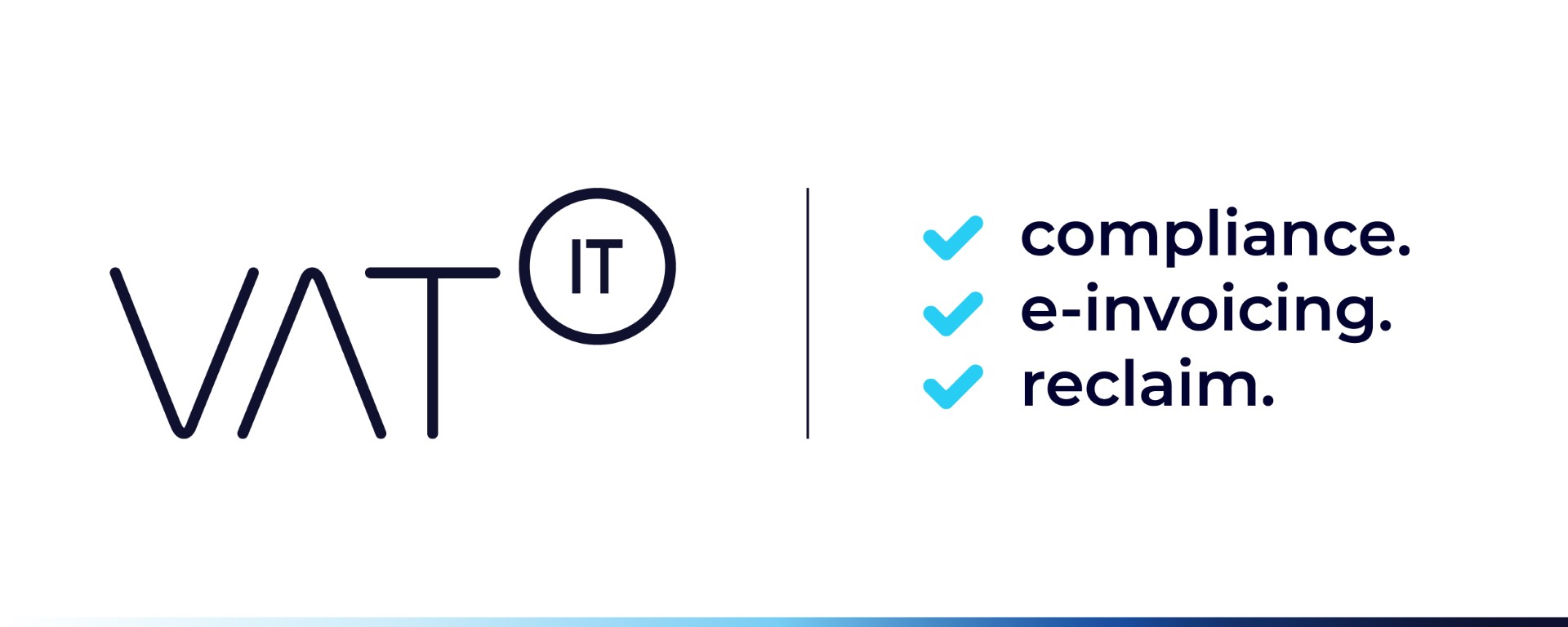- Vendors making both taxable and exempt supplies must apportion input VAT according to section 17(1) of the VAT Act.
- Input VAT can only be claimed for goods or services used for taxable supplies.
- If goods or services are used 90 percent or more for taxable supplies, they are considered fully for taxable purposes.
- The standard apportionment method uses a formula involving taxable supplies and total input VAT on mixed costs.
- This method excludes capital goods and non-supply income and must be applied consistently and reviewed annually.
- Vendors can apply for alternative methods if the standard method is unfair, using criteria like floor space or headcount.
- Direct input tax should be separated for taxable or exempt supplies.
- The formula should be applied to shared or general overhead costs.
- Comprehensive records of the apportionment method must be kept for potential audits.
- The apportionment ratio should be reviewed annually or with significant business changes.
- Incorrect apportionment can lead to penalties or disallowance of input tax.
Source: pkf.co.za
Note that this post was (partially) written with the help of AI. It is always useful to review the original source material, and where needed to obtain (local) advice from a specialist.
Latest Posts in "South Africa"
- South Africa Considers Raising VAT Registration Threshold Amid Calls for Reform and Modernisation
- South Africa Proposes 20% National Tax on Online Gambling Revenue
- SARS Enhances VAT Registration Transparency and Communication for Applicants Starting December 2025
- VAT Fraud Syndicate Threatens South Africa’s Economy, Costs Billions in Lost Revenue and Market Share
- SARS Limits E-Commerce Imports Under Customs Code 70707070 to R150,000 Per Year for Individuals















